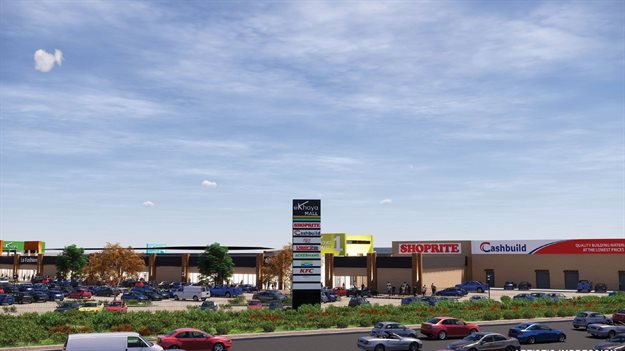
Related
Top stories


Marketing & MediaCammy Msimango on finding her footing in South Africa’s fast-moving digital newsroom
Esther Tomorrow, MDNTV 20 hours




More news




The Ekhaya Mall will ultimately offer some 14,000m2 of retail space. Its owners are taking a prudent phased approach to the development. The first phase will be 10,600m2, growing by 2,050m2 in the second phase and a further 1,350m2 in the third and final phase.
“The mall’s phase one retail space is already 93% let. Phase two is now 65% leased and we are planning the commencement of that phase before completing the construction of phase one,” says David Lieberman, director of S-Identity Holdings.
The Ekhaya Mall will be positioned at the intersection of the R580 and the R546, at the entrance to Embalenhle Township. The mall’s development will result in substantial improvements to the surrounding roads. The project will add turning lanes and slip roads, reinstate public transport laybys, and introduce traffic signals to the intersection of the R580 and R546, the main roads into Embalenhle from Secunda and from Evander and Standerton, respectively. It will also create easy access directly into the mall from both roads.
Local public transport will also receive a boost as a result of the development, with a new 17 taxi bay facility at the mall.

The mall’s design also considers the environment by using a natural ventilation system within the walkways of the mall, with elevated roof structures above the shops that allow natural air and light to pass and flow through the walkways. Simultaneously, the heat generated inside shops and walkways is drawn up and out through the roof in a chimney effect. This also reduces the need for internal artificial lighting and creates a comfortable environment for shoppers to spend their leisure time in the mall. Moreover, it reduces the overall running costs of the mall by lowering its energy consumption.
Indigenous low-maintenance trees, bushes and shrubbery have been earmarked for planting as part of the mall’s landscaping in response to conserving water resources.